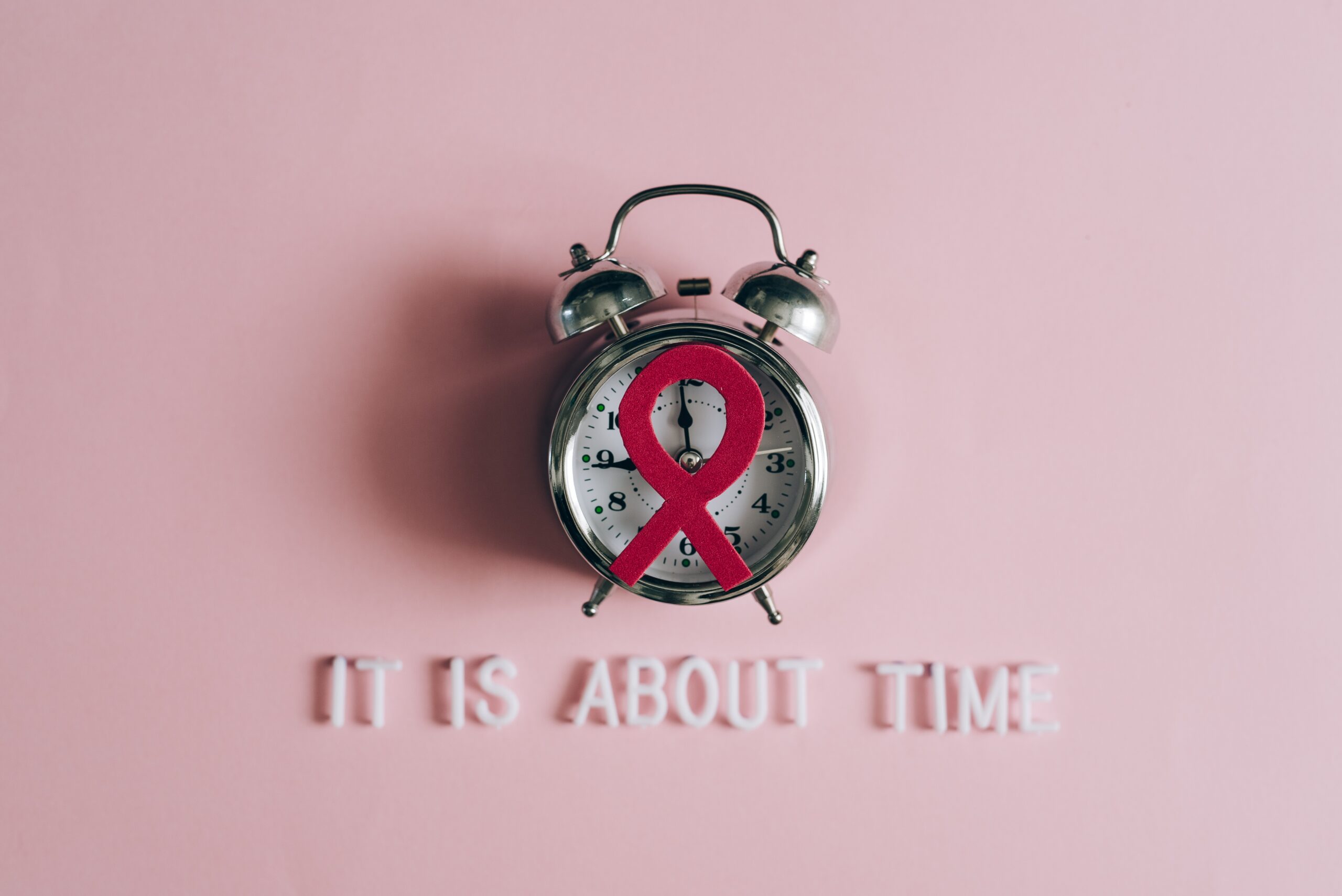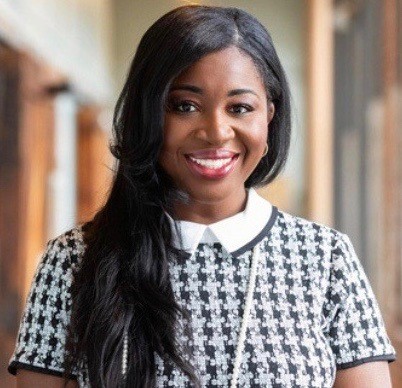Four decades after the CDC first used the term “AIDS” in a Morbidity and Mortality Weekly Report, the New York Times has reported a patient cured of HIV through a novel transplant method involving umbilical cord blood.
In a perfect world, it would be the sounding bell announcing the eradication of the HIV/AIDS epidemic.
However, for now it is significant as proof-of-concept for a future cure. Of equal importance, the patient cured was a cisgender woman of mixed race living in America. The two previous cures were among gay men, a white man from America living in Berlin and a Venezuelan man living in London.
HIV related research and clinical trials have largely targeted cisgender and transgender men, with cisgender women being severely underrepresented, particularly in cure trials, even though women account for over half of HIV cases globally. In addition, racial minorities have not been adequately represented in HIV research trials despite the fact that they are overrepresented in new HIV diagnoses, both locally and globally.
What’s more, the United Nations Millennium Development Goals (now the Sustainable Development Goals) set a goal for universal access to antiretroviral therapy for individuals living with HIV by the year 2010 back in 2000. Currently in 2022 over two decades have passed since this goal was established, and equitable, universal access has yet to be achieved.
The prevalence of health inequities globally—in access to research, cures, care, and medication—begs the question, “Will ending the HIV/AIDS epidemic be a dream deferred for most?”
Approximately 75 percent of individuals receiving antiretroviral therapy live in Sub-Saharan Africa, with Sub-Saharan Africa accounting for 71 percent of the global burden of HIV infection. While remarkable achievements have been made in increasing access to medication in high-burden countries through programs such as the U.S. President’s Emergency Plan for AIDS Relief (PEPFAR), coverage and access vary by country. For instance, certain countries in southern Africa (e.g., South Africa, Botswana, Zimbabwe) have made considerable progress in access to antiretroviral therapies, while countries in central Africa (e.g., Niger, Central African Republic) have not, with less than 25 percent of the population in need having access to treatment.
Variability in disease prevalence and treatment access is also prevalent in the U.S.; there is relatively low prevalence of HIV in the general population, yet high prevalence in certain geographical hotspots. The southern Unites States account for over half of all HIV diagnoses, with 80 percent of new diagnoses concentrated in large metropolitan areas. Additionally, communities that experience a disproportionate burden of HIV tend to be racial and ethnic minorities, individuals who inject drugs, and sexual and gender minorities. These communities also experience numerous challenges in accessing antiretroviral therapies due to structural barriers, financial barriers, stigma, medical mistrust, and gaps in HIV/AIDS related knowledge.
The Pandemic of the Poor
HIV has been marked the pandemic of the poor. Several studies, many of which have been conducted here at Johns Hopkins University, have highlighted how marginalized communities experience a greater disease burden, and how multilevel barriers (political, social, & financial) have prevented even the most effective treatment and prevention approaches from reaching those with the greatest risks.
“This cure came from a dual transplant with umbilical cord blood and a living relative donor’s bone marrow. While this strategy is not broadly scalable to the 38 million people with HIV, it offers further proof of concept for a future HIV cure that is scalable,” said Dr. Jason Farley, endowed professor and expert infectious disease nurse practitioner.
With real world inequity in mind, including the knowledge that antiretroviral therapy has not been made accessible to all individuals who need it twenty years after the U.N. goal was set, what would it take for an actual cure to be accessible to all individuals living with HIV?
What would it take for an actual cure to be accessible to all individuals living with HIV? Here’s what we think:
- An increase in funding for HIV prevention, treatment, and care (however recent budget proposals show a potential decrease in funding).
- Prioritization of those who are disproportionately impacted by the epidemic, as defined by the Ending the HIV Epidemic (EHE) initiative.
- Strategic measures to accelerate access and community engagement.
- Cutting-edge research and innovative interventions to prevent and treat HIV.
Read more:
- Jason Farley, Inaugural Leadership and Innovation Endowed Chair
- Facebook Live: The Future of Research
- Mentoring the Next Generation of Black Nurse Researchers
- The Latino Mentoring Relationships We Need, and the Future of Research
ABOUT THE AUTHOR: BRENICE DUROSEAU
BRENICE DUROSEAU, MSN, FNP-C, RNC-OB, AAHIVS is a Haitian-American board-certified Family Nurse Practitioner (FNP) with over a decade nursing experience. Throughout her career she has specialized in infectious diseases, women’s health (obstetrics), and community health. Currently, as 2nd year PhD student at Johns Hopkins University, she is focused on community informed interventions to enrich the sexual reproductive health of Black women, while simultaneously ending the HIV epidemic through culturally appropriate treatment and prevention efforts.
ABOUT THE AUTHOR: DOMINIQUE GUILLAUME
Dominique Guillaume is a PhD student at the Johns Hopkins School of Nursing and a Jhpiego Global Women’s Health fellow. She has experience in HIV treatment and prevention both clinically and in research. Her dissertation focuses on developing health communication strategies to improve HPV vaccine acceptability and uptake among Haitian immigrant women living with HIV. Her global health research involves evaluating indicators for HPV vaccine program introduction and policy decision-making in GAVI-eligible countries with high cervical cancer burdens.


